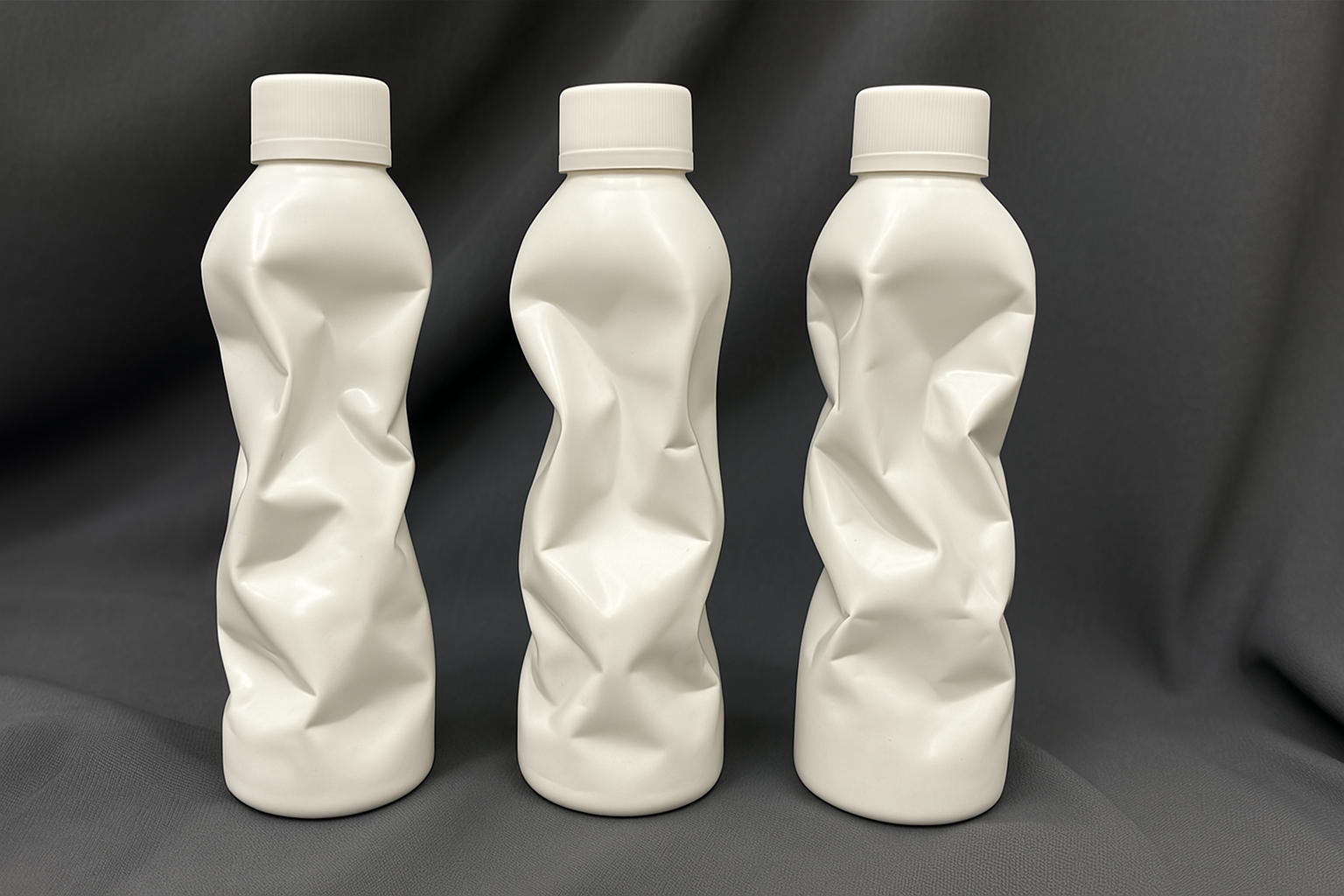Accessories
Check out our full lineup of yoga accessories to help you with your daily meditation practice and fitness goals...
Try our new Cork Yoga Brick for soft but solid support
Check out our full lineup of yoga accessories to help you with your daily meditation practice and fitness goals...

What is Packaging Compatibility Testing?
March 19, 2025 3 min read
Have you ever wandered down the aisle of a store, picked up a bottle, and noticed something was… off? Maybe the label was peeling, the bottle looked distorted, or the cap felt loose. These subtle signs often point to a mismatch between the packaging and the formula inside—a common but costly issue in chemical manufacturing.
In the world of private-label and contract manufacturing, packaging compatibility testing is essential. It ensures that your product looks professional, remains stable, and most importantly, is safe for consumers. Without proper testing, brands risk leaking containers, damaged packaging, and even chemical degradation, all of which can lead to lost sales, compliance issues, and a negative brand reputation.
Table of Contents
- What is Packaging Compatibility Testing?
- Why Packaging Compatibility Testing Matters
- Common Packaging Failures & Their Causes
- How Packaging Compatibility Testing Works
- Best Practices for Packaging Compatibility
- Key Takeaways
What is Packaging Compatibility Testing?
Packaging compatibility testing is the process of evaluating how a product’s formula interacts with its packaging materials. The goal is to identify any potential chemical reactions, material degradation, or physical issues that could compromise the product or its container over time.
Why Packaging Compatibility Testing Matters
Skipping packaging compatibility testing can result in serious consequences, including:
- Leaking & Contamination: Certain chemicals can break down plastic or corrode metal packaging, leading to leaks or contamination.
- Label Peeling & Ink Smearing: Some solvents can cause adhesive failure, making labels peel or ink run.
- Bottle Paneling or Expansion: Ingredients may release gases or create pressure imbalances, leading to bottle deformation.
- Loss of Product Efficacy: Certain packaging materials can absorb active ingredients, reducing product effectiveness.
- Regulatory & Compliance Risks: Failing to meet packaging safety standards can lead to fines, recalls, or customer complaints.
Common Packaging Failures & Their Causes
Understanding the common types of packaging failures can help brands proactively prevent issues. Here are a few major ones:
1. Bottle Paneling (Caving In)
Occurs when certain formulations create a vacuum inside the bottle, causing it to collapse inward. This is common in products that continue reacting post-filling.
2. Bottle Expansion or Leaking
Some formulas release gases over time (such as peroxides or carbonates), causing containers to expand or leak.
3. Label Adhesive Breakdown
Solvents or high-acid formulas can weaken label adhesives, causing them to peel prematurely.
4. Discoloration of Packaging
Certain chemicals react with plastic, resulting in discoloration, clouding, or brittleness.
How Packaging Compatibility Testing Works
Most testing follows a structured approach to simulate real-world conditions. The key steps include:
1. Selecting Packaging Materials
Choosing the right plastics, glass, or metals based on chemical resistance.
2. Stress Testing
Exposing packaging to temperature changes, humidity, and transportation conditions.
3. Long-Term Stability Testing
Storing filled containers for extended periods to observe degradation over time.
4. Chemical Interaction Tests
Evaluating whether the product formula leaches into or reacts with the packaging.
Best Practices for Packaging Compatibility
To ensure your product’s packaging holds up, follow these best practices:
- Consult Packaging Suppliers Early: Work with vendors to select materials designed for your product type.
- Run Accelerated Aging Tests: Simulate months of wear in a short period to identify weaknesses.
- Test with Real Formulations: Always test using the actual formula, not water or a substitute.
- Consider Regulatory Standards: Ensure compliance with FDA, EPA, or other relevant regulations.
- Monitor & Adjust Over Time: Reformulations or environmental shifts may require updated testing.
Key Takeaways
- Packaging compatibility testing is essential to prevent leaks, deformations, and product instability.
- Skipping testing can result in costly recalls, compliance issues, and customer dissatisfaction.
- Common failures include bottle paneling, expansion, and label peeling due to chemical interactions.
- Brands should work closely with co-packers and packaging suppliers to ensure compatibility before production.
- Regular testing should be part of any private-label launch strategy to ensure long-term product success.
By prioritizing packaging compatibility testing, brands can avoid costly mistakes, maintain product integrity, and deliver a high-quality experience to consumers.
Additional Reading
-
The Truth About Marketing Label Claims: What Brands Need to Know
-
The Pros and Cons of Using a Co-Packer vs. Manufacturing In-House
Subscribe
Sign up to get the latest on sales, new releases and more …
